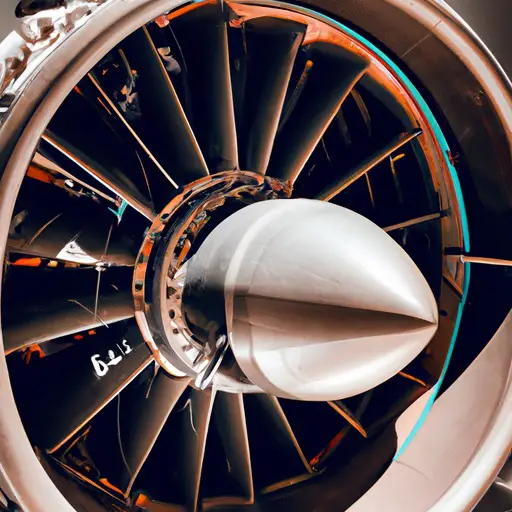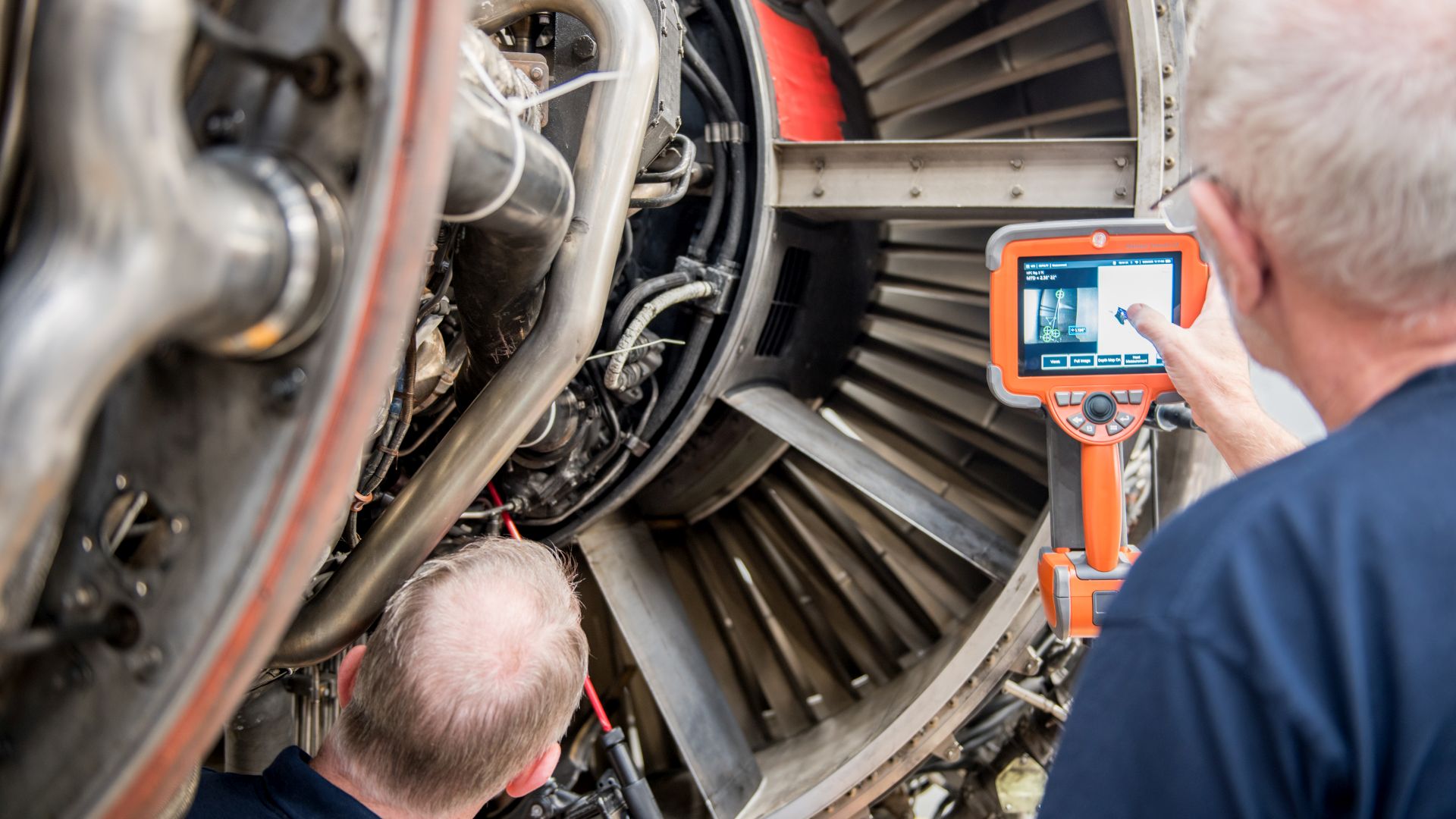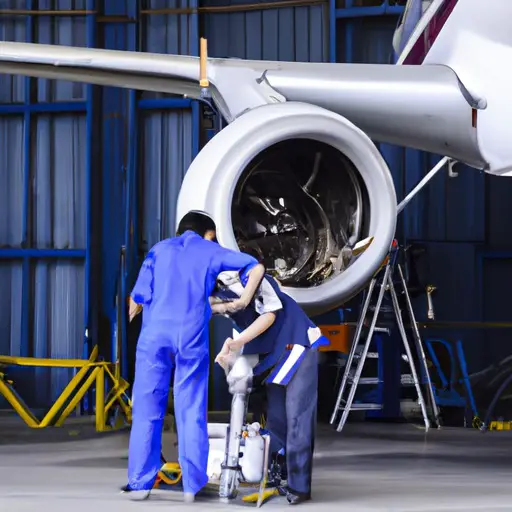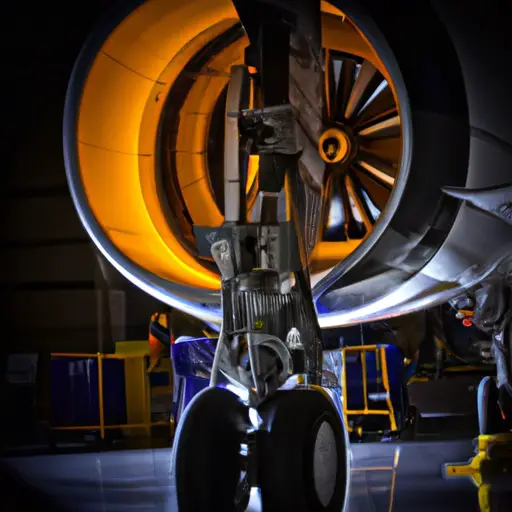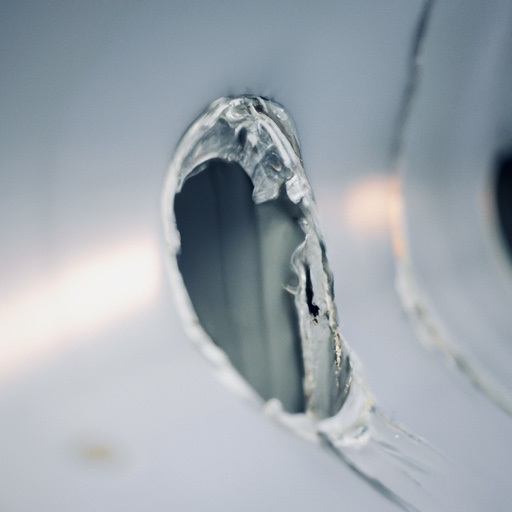
Time Between Overhauls – TBO
If you own or operate an aircraft, you may have heard of the term TBO, which stands for Time Between Overhauls. TBO is the recommended interval between major maintenance events at which an aircraft engine or a component should be overhauled or replaced to maintain its reliability and performance.
In this article, we will explain what TBO means, how it is determined, and what factors can affect it.
What is TBO – Time Between Overhauls?
Time Between Overhauls is the number of hours or cycles that an aircraft engine or a component can operate before it needs to be overhauled or replaced. An overhaul is a process of inspecting, repairing, and restoring an engine or a component to its original specifications or better.
A cycle is one complete operation of an engine or a component, such as a start, a run, and a shutdown. TBO is usually expressed as a range, such as 1,800 to 2,000 hours, depending on the type and model of the engine or the component.
TBO aims to ensure that aircraft systems operate within safe and reliable parameters and prevent unplanned downtime or unscheduled maintenance events.
Is TBO Mandatory?
TBO is not a mandatory requirement, but rather a recommendation from the manufacturer based on their testing and experience. It is important to note that while TBO is not mandatory for non-commercial (Part 91) operators, commercial (Part 121/135), operators must perform an engine overhaul when it reaches TBO.
How Is Time Between Overhauls Determined?
Time Between Overhauls is established by the manufacturer and is based on engineering analysis, field experience, and regulatory requirements. Various factors to determine TBO are:
- The design and construction of the engine or the component
- The materials and parts used in the engine or the component
- The operating conditions and environment of the engine or the component
- The maintenance and service history of the engine or the component
- The performance and reliability data of the engine or the component
The manufacturer conducts extensive testing and analysis of the engine or the component to establish its expected lifespan and failure modes. The manufacturer also collects and evaluates feedback from customers and operators to monitor the actual performance and reliability of the engine or the component in service. Based on these factors, the manufacturer sets a conservative TBO that ensures a high level of safety and efficiency for the engine or the component.
Overhauling an engine or component before the recommended TBO can be costly. But operating beyond the TBO increases the risk of unscheduled maintenance events, which can lead to decreased safety, increased operational costs, reduced aircraft availability, or costly Aircraft on Ground (AOG) situations.
What Factors Can Affect Time Between Overhauls?
TBO is not a fixed number that applies to every aircraft engine or component of the same type and model. TBO can vary depending on several factors, such as:
- The quality and frequency of maintenance and service
- The type and quality of fuel and oil used
- The operating habits and techniques of the pilot or operator
- The environmental conditions, such as temperature, humidity, altitude, dust, etc.
- The modifications or upgrades made to the engine or the component
These factors can either extend or reduce the TBO of an engine or a component. For example, regular maintenance and service can prolong the TBO by preventing premature wear and tear. On the other hand, poor maintenance and service can shorten the TBO by causing damage or deterioration. Similarly, using high-quality fuel and oil can extend the TBO by reducing deposits and corrosion. Conversely, using low-quality fuel and oil can reduce the TBO by increasing deposits and corrosion.
Therefore, it is important to follow the manufacturer’s recommendations and guidelines for maintenance and service, fuel and oil selection, operating procedures, environmental conditions, and modifications or upgrades. It is also advisable to keep accurate and detailed records of all these factors to track the actual condition and performance of your engine or your component.
How to Ensure Compliance With the Time Between Overhauls?
To ensure compliance with the Time Between Overhauls (TBO), the following steps can be taken:
Accurate Record-keeping
Maintaining accurate records of the time and usage of each engine or component is critical. This information is used to track the elapsed time since the last overhaul and determine when the next one is due.
Regular Maintenance Inspections
Regular maintenance inspections and monitoring of engine performance and wear can help to extend the TBO. It also ensures that engines and components are operating within safe and reliable parameters.
Compliance With Maintenance Procedures
Adhering to the manufacturer’s recommended maintenance procedures, including inspections and replacements, will help to maintain the engine and components in good condition.
Monitoring Engine Performance
Regular monitoring of engine performance, including vibration and temperature readings, can help identify any issues that may impact TBO and allow for corrective action to be taken.
Follow Manufacturers Recommendations
Operators should follow the manufacturer’s recommendations for TBO, including any updates or modifications that may be issued.
Consider Operating Conditions
Operators should consider the operating conditions of their aircraft and make adjustments to TBO if necessary. For example, if the aircraft operates in harsh environments, it may require more frequent overhauls.
Final Thoughts
Time Between Overhauls is a useful indicator of when an engine or a component should be overhauled or replaced to maintain its reliability and performance. However, TBO is not a one-size-fits-all number that applies to every engine or component of the same type and model. TBO can vary depending on several factors that affect the condition and performance of your engine or your component.
Therefore, following the manufacturer’s recommendations and guidelines for all aspects of your engine or your component operation and maintenance is important. It is also advisable to keep accurate and detailed records of your engine or your component history to determine its actual TBO.
By following the TBO guidelines, operators can ensure that their aircraft systems operate within safe and reliable parameters, reduce the risk of unscheduled maintenance events, and maximize aircraft availability.
Read More
The term “overhaul” has many different levels of meaning when it comes to aircraft engines. When it’s time to overhaul your engine, it is critically important ...
Note that two requirements must be met before something can be properly called “overhauled”: The thing must be inspected and repaired as necessary; and the ...
Aircraft engine manufacturers give each of their products a recommended time between overhauls (TBO). In most general aviation applications, this overhaul ...
If you own or operate an aircraft, you may have heard of the term TBO, which stands for Time Between Overhauls. TBO is the recommended interval between major ...
The term “engine overhaul” means the process of maintaining and restoring equipment, machines or systems to serviceable conditions. This involves the ...
Aircraft engine overhaul is a critical component of aircraft maintenance that is performed to restore the engine to its original condition, with improved ...
The smart way to deal with engine maintenance—including deciding when to overhaul—is to do it “on-condition” rather than on a fixed timetable. This means that ...
Inspections involve examinations or manual checks to determine the condition of an aircraft or one of its components. An inspection may include a routine ...
It could be more than five years before engine shop visits return to pre-pandemic levels, but recovery could be quicker for higher-efficiency and cargo ...
The first thing aircraft owners often consider when looking for an overhaul agency is if they are rated for the work. An FAA certificated powerplant mechanic ...
Engine overhauls are accomplished to a variety of standards. Many different facilities perform engine overhauls, ranging from engine manufacturers, large ...





